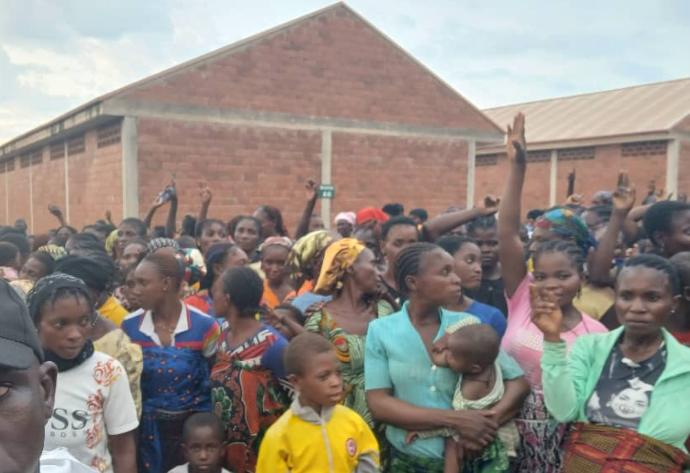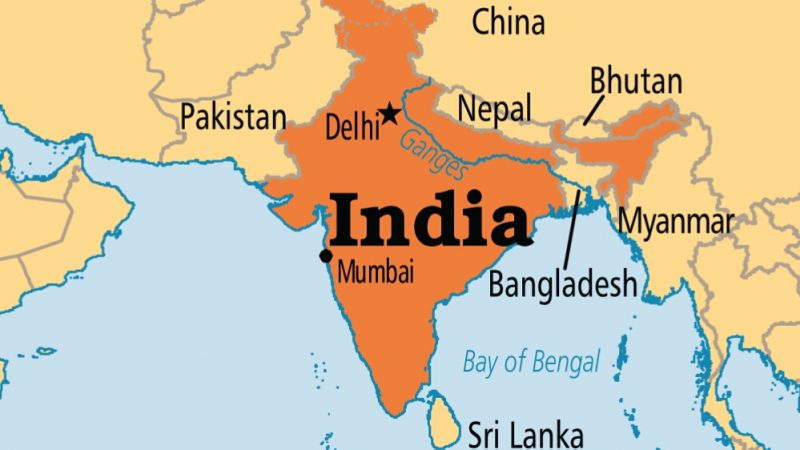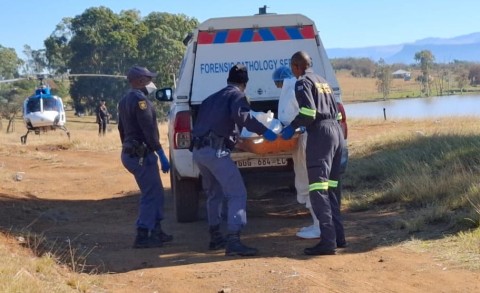ANALYSIS | Mthatha floods exposed failures of Eastern Cape provincial government
The devastating floods that recently engulfed Mthatha have brought into sharp focus not merely the immediate impact of extreme weather, but a deeper, more systemic issue: the long-standing failures of the Eastern Cape provincial government in critical areas of public service delivery.
Far from being an isolated natural disaster, the Mthatha catastrophe has served as a stark, undeniable exposé of years of neglect in road infrastructure and the planning and regulation of human settlements. This calamitous event has laid bare the consequences of an accumulated lack of investment, poor maintenance, and inadequate foresight, leaving communities perilously vulnerable and culminating in a crisis where emergency services were severely hampered and thousands of citizens displaced, profoundly challenging the province's developmental aspirations for 2030.
This has placed the spotlight on poorly maintained drainage and infrastructure, and disjointed disaster response protocols. The provincial government plays a critical role in urban planning, housing regulation, disaster risk management and infrastructure development. Rural and village areas also fall under spatial and land-use planning, which is governed by rural development.
One of the least developed provinces in South Africa is the Eastern Cape, where a sizable section of the population lives in rural areas. Poor road infrastructure in the area makes it harder to get healthcare services, reduces educational attainment and increases unemployment rates.
Pillay (2023) notes that road infrastructure plays a vital role in enhancing the livelihoods of rural and urban communities in South Africa. Recognising this, the South African government has implemented various programmes to improve access to road networks, addressing the neglect these areas suffered during apartheid. Significant obstacles still exist though, especially in the Eastern Cape, where the state, quantity, and connection of the road infrastructure continue to be major problems. Inadequate road infrastructure that makes it difficult for people to access resources, services, and economic opportunities worsens the rural Eastern Cape's isolation and extreme poverty.
These floods have exposed the neglect of road infrastructure by the Eastern Cape government.
Premier Oscar Mabuyane, in his interview with the SABC highlighted the province's limited resources for such large-scale disasters. He noted that the largely rural Eastern Cape has only one rescue helicopter, which had to be brought in from Gqeberha (more than 500km away). He also pointed out the absence of specialist rescue divers or K-9 dog units in the region, meaning they had to be called in from elsewhere.
“When things like this happen, we are always found wanting, we are paralysed,” he said.
His government is going to be found wanting or paralysed because his leadership have failed to deal with corruption and mismanagement of funds. The South Africa Human Rights Commission (2023) states that despite annual budget allocations, such as the R2.5bn earmarked for the 2022/2023 financial year, persistent issues such as corruption, mismanagement, and rising costs of implementation have further worsened the backlog in road maintenance and development in the Eastern Cape government.
Segregated neighbourhoods with uneven access to opportunities and services were the result of spatial planning during the apartheid era. This has left a legacy that still exists in the Eastern Cape, where basic services are frequently lacking and neglected in rural regions. According to the National Development Plan 2030 on Integrated Human Settlement, it is asserted that a number of legislative and policy development procedures have occurred since 1994. The creation of respectable, secure, and sustainable human settlement communities that affect everyone's quality of life is one of these legal and policy achievements.
To ensure that the department not only constructs high-quality homes but also establishes settlements that promote social transformation, economic advancement, and social cohesion, it is imperative that clear policies and systems supporting its implementation, monitoring, and evaluation be in place. Notable among the processes that had to be implemented is the development of the new housing policy and strategy for South Africa: White Paper, 1994, National Housing Act of 1997 and the comprehensive plan for the development of sustainable human settlements of 2004. The white paper on housing (1994) and the Housing Act produced unintended policy consequences at implementation.
The critical principles underpinning the Eastern Cape Provincial Development Plan 2030 are integrated, multi-agency action, public engagement, and shared responsibility for development. The PDP aims to change the emphasis on human settlements from state-driven quantitative housing delivery to a system in which individuals make their own choices, construct their own homes, and alter spatial patterns to create thriving and livable communities.
Despite the fact that policy calls for the development of thriving, cohesive human communities, there are not many successful public sector initiatives. Human settlements should produce viable, socially and economically integrated communities, with access to social services and economic opportunities, if the department is to play a meaningful role in its mandate of creating integrated, sustainable human settlements in the province at large.
Human settlements should also be environmentally sustainable, enable multiple livelihood options and improve the resilience of rural communities to the effects of climate change and other stresses. These floods revealed that many of the current human settlements, particularly low-lying regions and informal settlements, are extremely vulnerable to the effects of climate change, such as extreme floods. They washed away houses, flooded them, and made them uninhabitable. The magnitude of the devastation and displacement suggests that either existing communities in high-risk regions have not been appropriately moved or reinforced, or that floodplain hazards have not been included in spatial planning.
The Mthatha floods were essentially a sobering reminder that, despite the Eastern Cape Provincial Development Plan 2030's ambitious goals for human settlements, implementation and a focus on resilience are seriously behind schedule due to the effects of climate change and pre-existing vulnerabilities, particularly in infrastructure and informal settlements, leaving many residents at serious risk.
Road networks, the very arteries of commerce and emergency response, proved woefully inadequate against heavy rainfall, cutting off communities and impeding life-saving interventions. At the same time, the lack of essential utilities and the disproportionate impact on informal settlements, where flimsy structures were readily washed away, exposed the province's inability to offer its most vulnerable residents with safe, respectable, and robust housing options. Together, these occurrences show a reactive rather than proactive approach to government, where natural calamities worsen the effects of underinvestment and poor planning, putting lives and livelihoods at constant danger.
Essentially, the Mthatha floods intensified long-standing problems with planning, governance, and resource allocation rather than causing new ones. They revealed how important elements of the provincial development strategy, such as basic infrastructure and respectable human settlements, have been largely disregarded, making residents vulnerable to foreseeable climate effects.
• Gontse Skosana is a graduate of North West University (Mahikeng campus) and holds a BSocSci (Hons) degree in international relations.
For opinion and analysis consideration, e-mail [email protected]












